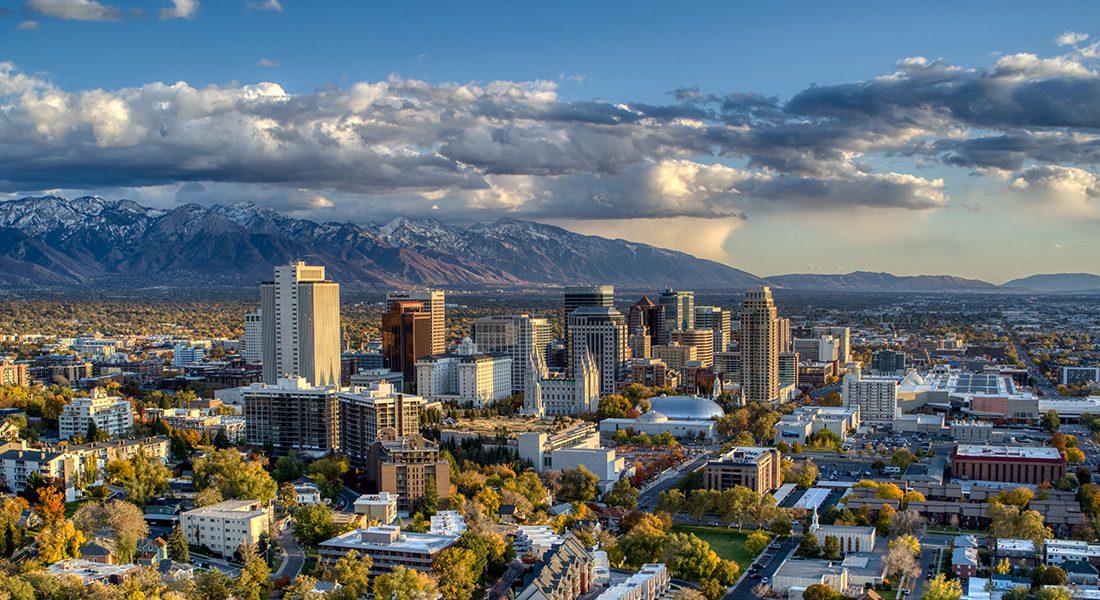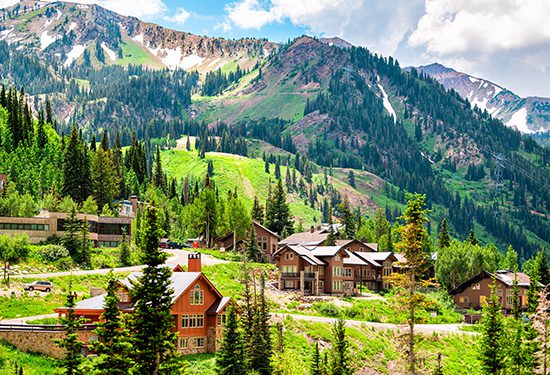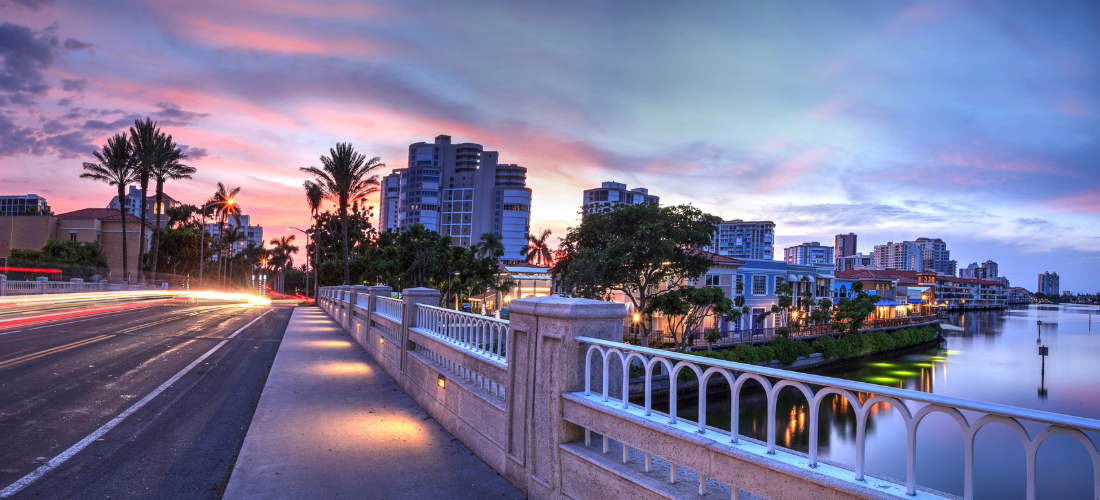
This article is part of an ongoing series of reports on the state of short-term rentals (STRs) in the United States. You can view our other reports here.
With its stunning mountain ranges, abundance of national and state parks, and thriving cultural scene, Utah is fast becoming a popular place to visit no matter the season. This holds especially true even post-pandemic.
In 2021, Utah welcomed over 11 million visitors, with four of Utah’s five major national parks smashing previous visitation records. This growth in tourism has spurred local governments to evaluate how they work with STR owners and managers, and to find ways to establish closer ties with these business owners to ensure responsible renting in the communities they serve.
Here’s a look into how some of these Utah communities are managing STRs.
Moab
Ask any outdoor enthusiast and Moab is usually on their checklist of places to check out, thanks to its out-of-this-world scenery and famous Delicate Arch. Moab has experienced a boom in STRs as a result and municipality leaders are looking to stay on top of the demand. The Moab Area Housing Task Force meets monthly to provide updates on the local housing market and to provide recommendations on policies related to housing and STRs.
Salt Lake City
The largest city in Utah, Salt Lake City is another popular tourist destination. The city extends its hospitality to both visitors and STRs. Licenses are required to own and operate an STR, though zoning ordinances restrict STRs in many residential areas. The municipality may periodically inspect the STR to ensure continued compliance.

West Valley City
West Valley City may share a metaphorical fence with its neighbor to the north, Salt Lake City, but that is about all they share. Unlike Salt Lake City, West Valley City does not have any ordinances that prohibit STRs in specific zones.
Brigham City
Brigham City pulls many tourists each year for its Peach Days event, one of Utah’s largest festivals. Individuals looking to capitalize on the visitors should keep a few things in mind. In addition to requiring a business license to operate an STR, Brigham City requires that any individual renting out an STR also reside within city limits. STR operators must also abide by exterior appearance requirements, parking availability, and strict capacity limits per bedroom.
Park City
Home to the world-famous Sundance Film Festival and exclusive ski slopes, Park City is one of Utah’s most popular destination cities. Its exclusivity doesn’t stop there–Park City limits where STRs can operate. This interactive zoning map shows where they’re prohibited and allowed. In approved zones, Park City requires STR owners to get a Nightly Rental License to operate. Park City’s municipality supplies a checklist for those seeking to obtain a Nightly Rental License to ensure compliance.
Summit County
Summit County performed a research study to better understand how its STR market impacts both its economy and short-term, transient, and broader housing market for citizens. The county’s more than 6,000 STRs make up nearly a quarter of the area’s total housing units. These STRs help to generate tens of millions of dollars in tax revenue every year, in addition to helping fuel further economic development thanks to out-of-town guests shopping and dining locally.
Provo
The City of Provo, keeping in line with many other cities across Utah, requires individuals obtain a business license to operate an STR. However, you only need one business license, whether you run just one STR or 20 STRs – no need to get a license for each. STRs are prohibited in agricultural and residential zones. An interesting note about Provo’s STR ordinances revolves around temporary rentals. According to the Provo municipal code, you are not required to get a business license to operate an STR if you have a “bona fide, temporary absence of three years or less.”
Ready to speak to someone about your software needs?
Logan
Logan, Utah makes distinctions between three types of STRs. A Type 1 STR is a single room rental where the primary owner remains on the premises during the rental period. A Type 2 STR is a traditional investment property – the residence is not the owner’s primary home and the owner is not present during the rental. A Type 3 STR is located within a commercial zone but is not considered a hotel, motel, or bed and breakfast. All three types require a business license. The main difference between them is the number of inspections each STR will receive throughout the year.
St. George
Tucked away in the southwest corner of Utah, St. George is a less than two-hour drive from Las Vegas. But before you take a gamble on operating an STR in St. George, keep in mind some of their local ordinances. STRs are not allowed in single-family zones and in STR-friendly zones, you must obtain a license in order to operate an STR.
Orem
Using third-party software, Orem is able to gain clear insight into local STR activity by identifying active rentals in the jurisdiction. The city made a recent change to its landlord policy which requires the owner of any rental property to obtain a rental license and put the utilities in their name.

STRs Demand Isn’t Slowing Down – Are You Prepared to Keep Up?
No two municipalities are exactly alike in how they tackle STRs but managing STRs should not have to be guesswork. Stay connected with your STR owners with a dynamic software solution.
Learn how GovOS can help your jurisdiction make data-driven decisions and manage lodging taxes with a simplified STR management solution.









